Welcome to the second edition of The Comeback’s MLB preview series, in which we ask our writers to banter by email about a given division, then publish the results here.
On Monday, we looked at the AL East. Today, Alex Putterman and Joe Lucia preview the National League East.
Alex Putterman: Let’s start with the team that finished 2016 at the top of the NL East. The Nationals had an odd offseason, missing out on every relief pitcher they pursued, flirting unsuccessfully with Andrew McCutchen and Chris Sale and trading two of their top prospects for Adam Eaton. They also acquired Derek Norris, only to discard him after signing Matt Wieters.
With the dust now settled, are the Nationals a better or worse team than the one that won 95 games and lost in the NLDS last year?
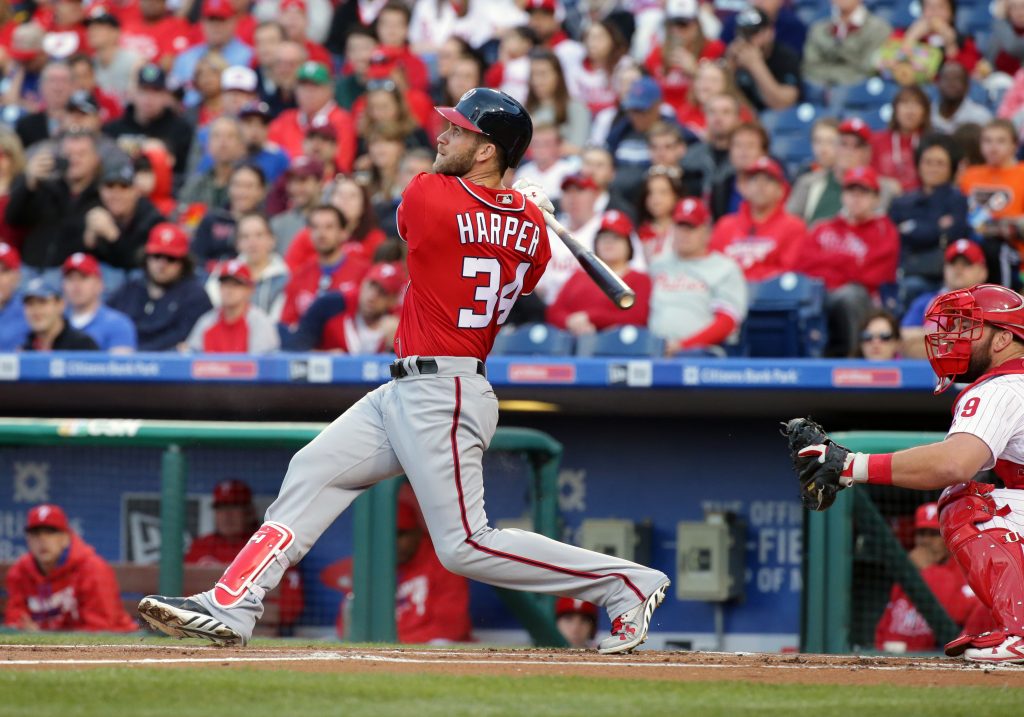
Joe Lucia: Washington *seems* like a better team on paper, but consider this: They won 95 games last year, and a lot simply didn’t go right for them on offense. Bryce Harper was a mere mortal. Anthony Rendon bounced back but not completely to his 2014 level. Jayson Werth was a roughly league average hitter. Ryan Zimmerman had an *awful* year (which… well, is this the new normal for him?), and the team got nothing from 1,200+ plate appearances of Danny Espinosa, Ben Revere, and Michael Taylor. Yes, Trea Turner was a revelation after his mid season call-up and Daniel Murphy was incredible during his first season in DC, but the only other player on offense that really lived up to expectations was Wilson Ramos.
On the mound, the team brings back the entirety of its rotation that was dominant at times in 2016, but there are still lingering injury questions about both Joe Ross and Stephen Strasburg. I’m also on the fence about Gio Gonzalez and Tanner Roark, but for very different reasons—Roark had a lower K-rate and higher walk rate than Gonzalez, but his ERA was nearly two full runs lower thanks to a much lower BABIP and higher strand rate. Max Scherzer is incredible, but if Washington was able to follow him up in the rotation with Sale instead of one of the four other starters they’ll bring back, I would feel a lot better about their starting five.
I also have questions about Washington’s bullpen. Mark Melancon and Matt Belisle left as free agents, and Felipe Rivero was traded in July for Melancon. I’m not a big advocate of laying out absurd sums of money for relievers, but Washington really needed to do more than sign Joe Blanton, trade for Enny Romero, and cross their fingers that some of their younger pitchers mature and grow into their major league roles.
This is a long-winded way of me saying that I think the team is roughly the same 95-win squad they were a year ago, but the ceiling is higher and the floor is lower. If everything goes according to plan, they could win the NL East by 15 games. If it doesn’t, we could be looking at a repeat of 2015, when a talented Nationals team just couldn’t kick it into gear.
AP: I think you’re right about the Nationals facing substantial downside risk. I’m particularly concerned that after trading Lucas Giolito and Reynaldo Lopez to get Eaton, Washington has no one to fill in if Ross and/or Strasburg get hurt again, Scherzer’s injured knuckle causes further trouble or Gio become unusable. A.J. Cole and Austin Voth are not inspiring options.
And while the Nationals enter the season as the clear favorite in this division, it’s easy to imagine a world in which the Mets’ pitchers stay healthy and the give the Nats—and the rest of the National League—a serious scare. There’s truly not a team in baseball that can compete with a rotation led by Noah Syndergaard, Jacob deGrom, Matt Harvey, Steven Matz. That rotation is only theoretical at this point, given all the health risks, but we’d be foolish to dismiss any team with that collection of pitching talent.
With all that said, do you consider the Nats head-and-shoulders above the Mets, or is this a two-team race?

JL: I think the Nationals are pretty clearly the better team, but that hasn’t stopped them from bottling it in 2013 and 2015, when they were (again) the best team in the NL East and put together a disappointing season a year after winning the division title.
The depth issue with regards to the Mets’ rotation is huge. Bartolo Colon has become a shitty meme at this point, but he was a rock for the Mets during his three seasons with the team, totaling nearly 600 innings over those three years, and only three others Mets pitchers even cleared 300. One was Jon Niese. One was Jacob deGrom, who has qualified for one ERA title during his career. The other was Noah Syndergaard, who is arguably the most important pitcher in the entire National League. If he has another season like last year, the Mets can challenge the Nationals in the NL East and possibly win the pennant. If he struggles or falls victim to the injury woes that have claimed deGrom, Harvey, and Matz in recent seasons, the Mets will struggle to finish .500.
I’m also wondering why they didn’t go after more depth this offseason. They’re one injury away from Seth Lugo, WBC hero, occupying a rotation spot. That’s not a great place to be in. He’s probably better than John Lannan, though.
AP: Yeah, I’m not sure anyone is talking enough about how absurd it is that John Lannan is back in Nationals camp. You know you’re desperate for rotation depth when you sign someone whose career ranged from passable to godawful and who now hasn’t pitched in the Majors in three years.
Though we could go back and forth all day about who has a worse seventh starter between the Mets and the Nationals, let’s move on to the other three teams in this division.
The Marlins, Braves and Phillies all entered 2016 with a plan and a timeframe. And in one way or another, all three teams saw those plans hit some snags last season. The Braves’ young pitchers, who were supposed to be the backbone of the organization’s rebuild, seemed to collapse one by one. The Phillies watched as Maikel Franco took a step back in the Majors and J.P. Crawford struggled in the minors. And of course the Marlins suffered the tragic loss of Jose Fernandez, which was not only sad from a human perspective but also devastating for the team’s on-field outlook.
Wins and losses in 2017 don’t mean too much to these three teams, so my question for you is, which of them has the most promising future? If you could have the next five years for the Braves, Marlins or Phillies, which would it be?
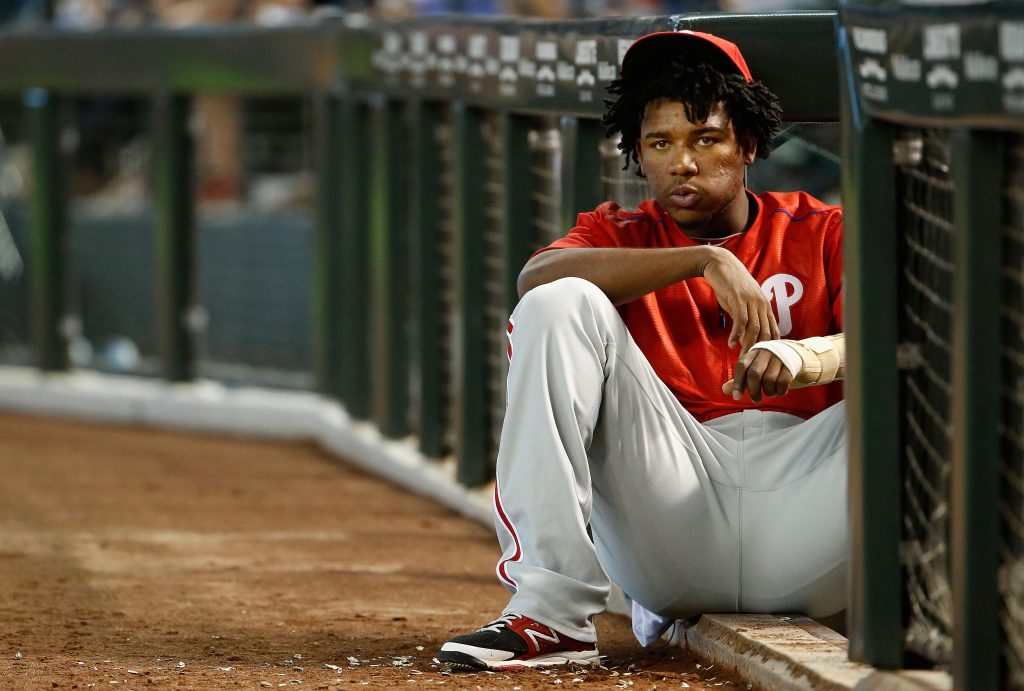
JL: Instead of actually answering your question, I’ll break my response into chunks.
I think the Marlins have the best core of players and will have the best 2017 season. Their outfield is possibly the best in baseball. But with that being said, I think their overall ceiling is limited—their infield lacks impact players aside from Dee Gordon and (to a lesser extent) Derek Dietrich. Their farm system is very poor. The bullpen is intriguing, but even before Fernandez’s death, the rotation had zero depth. In my head, I’m trying to put together a plan for them to contend in 2017, and I really can’t. They’re going to hover around that .500 mark, and could crater once Giancarlo Stanton inevitably hits the DL again.
I also think the Phillies have much more young talent closer to the majors than the Braves, whose best prospects are still further down the pipeline. With that being said, I think the Braves have the better overall crop of talent. We’ll just have to wait longer to see many of those prospects.
When talking 2017, give me the Braves over the Phillies, even with Philadelphia’s young talent on the doorstep. The Phillies had a putrid offense last season, and the only changes were the infusions of Howie Kendrick and Michael Saunders. Atlanta had a slightly more competent offense in 2016, especially after bringing in Matt Kemp (who, by the way, is no longer fat) and calling up uber prospect Dansby Swanson.
On the mound, both teams could have sneaky good bullpens, and their rotations both contain pitchers that can’t be counted on to eat significant innings (Jaime Garcia, Mike Foltynewicz, Clay Buchholz, to name three). I think .500 is the ceiling for both teams in 2017, but somewhere in that 74-78 win range is more realistic until more young talent begins to arrive in 2018.
AP: Before we wrap up, let’s talk about the Braves’ rebuilding process, because I know you’ve followed that quite carefully. From afar, the John Coppolella era has looked like one exceptionally, exceptionally good trade (Shelby Miller for Swanson, Ender Inciarte and more) and a steady diet of disappointment. Matt Wisler and Aaron Blair might be busts, Atlanta has only one under-25 regular, and many of the organization’s top prospects remain two or three years away.
A year ago I might have said watch out for the Braves in 2018. Now I wouldn’t even think to. What is this team’s timetable for contending again?

JL: Well, the “and more” you’re referring to in the Shelby Miller deal was Aaron Blair, so it’s not as if he was the main return in some failed trade. The only move made by Coppolella I’d call truly disappointing was the three-team disaster that brought Hector Olivera (among others) to Atlanta in exchange for Alex Wood, Jose Peraza, and some other stuff. But everyone in that trade has disappointed, and Olivera at least was eventually dealt for Matt Kemp, who looked inspired during his two months with the Braves last season and got into better shape this offseason.
Many people don’t realize the situation Coppolella walked into after the firing of Frank Wren. The Braves had a limited window towards contention and an awful farm system after years of poor drafts under Wren and his regime. Within months, Coppolella slammed that window shut and began to rebuild the farm system, but the Miller trade was the move that really kicked the rebuild into high gear. Where Coppolella has really thrived is in turning complementary pieces that the Braves don’t need into legitimate prospects and by absorbing bad contracts in exchange for prospects and draft picks. You’re probably not going to get top 100 guys doing that, but you can quickly rebuild a farm system and add depth, something the Braves have lacked.
Contention is a tricky thing, because of how far away much of the team’s young pitching is. Guys like Kolby Allard, Ian Anderson, and Max Fried have looked incredible, but Fried is probably the closest one to the majors… and the earliest he’ll get called up is probably 2019 (maybe mid-2018 if things break right).
As I said earlier, I think the Braves can flirt with .500 in 2017. They have some very interesting pieces, both young and old, that will form a team that is much more fun to watch than the teams of 2014, 2015, and the first half of 2016. When you consider that the Nationals could look vastly different in 2019 and that the Mets’ young arms will have even more mileage on them by then, I think that’s the season during which the Braves will look like a potential division champion. But this 2017 will definitely be an improved product – you’re not going to see many at bats being wasted on guys like Erick Aybar, Olivera, and AJ Pierzynski.
AP: I knew you’d have a defense of your man Coppy.
Anyway, I think it’s time for predictions. Give me your best guess at an NL East order of finish, plus a Player of the Year, Pitcher of the Year and under-the-radar player to watch.
JL:
1. Nationals
2. Mets
3. Marlins
4. Braves
5. Phillies
Yes, I’m so terrible and biased for daring to put the Braves in *fourth*.
Player of the year? Bryce Harper is the obvious choice here. I think he has a massive bounce back year, especially given all of the chatter surrounding his free agency in a year and a half. Pitcher of the year is a tough one based on all of the injuries among the division’s pitchers, but I think Max Scherzer is the safest bet. And as for a player to watch? Phillies first baseman Tommy Joseph intrigues me. He raked last year after replacing Ryan Howard, but it was his first extended tour in the majors, and I have no idea if he’ll be able to repeat that performance in 2017. If he does, the Phillies could have a keeper on their hands.
AP: Hah, turns out I’m more optimistic on the Braves in 2017 than you are. These are my picks:
1. Nationals
2. Mets
3. Braves
4. Phillies
5. Marlins
Player of the Year: Bryce Harper
Pitcher of the Year: Noah Syndergaard
Under-the-radar player to watch: Jerad Eickhoff


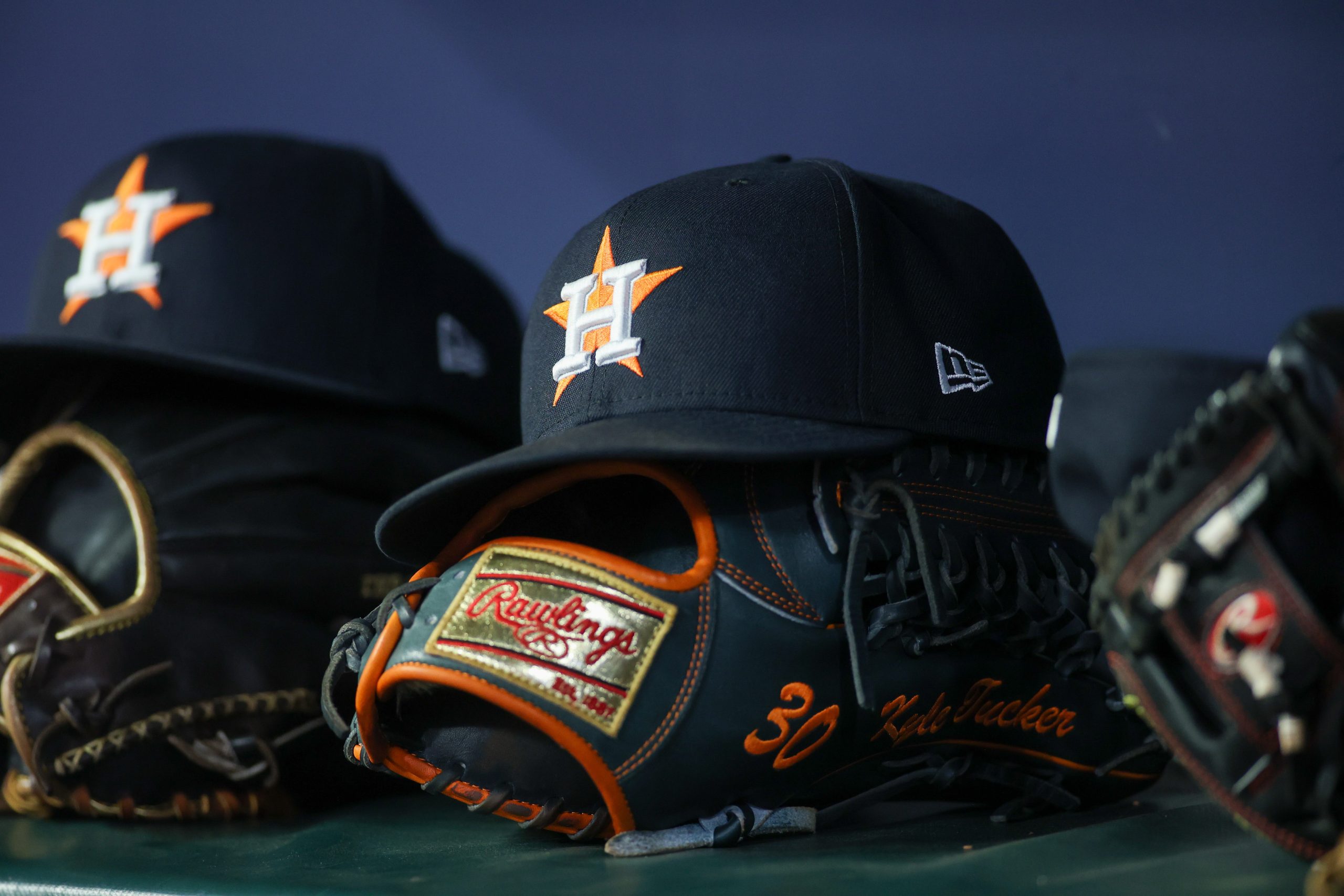
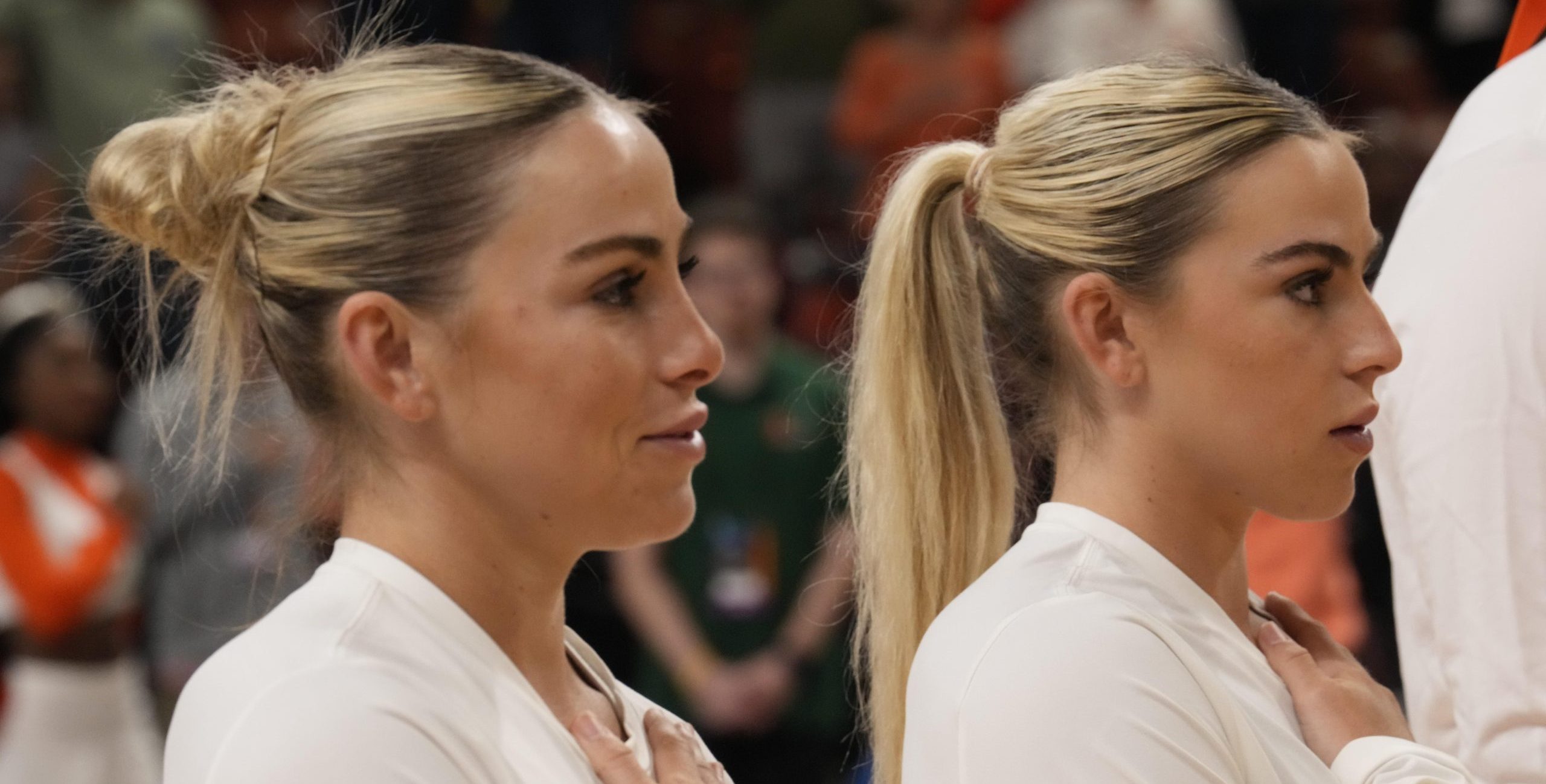
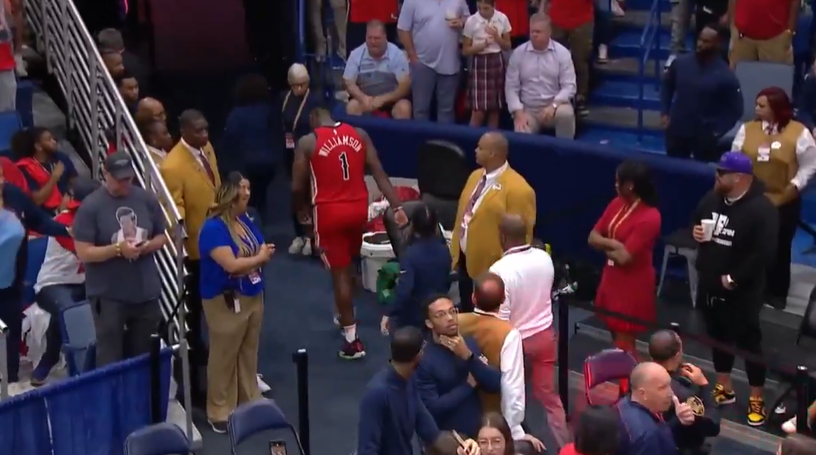

I think you guys missed a couple of things; the Nats lost one of their best hitters last season in Ramos and lost their closer — they also lost all their rotation depth and Steven Drew is the only true major league backup. Layer on the fact that they had a lucky year as far as injuries and beat the Mets by 7 games — the majority of which were against an injured Matt Harvey and Logan Verrett. Their big issue was Harper’s decline, but it was offset by Murphy’s career year. The only thing they really added is Eaton, who’s playing out of position.
The Mets added a 30 home run hitter in RF and their 7th starter is good enough to crack the Nats top 5.
The division can go either way, but it’s hard to see how the Nats can be the favorite. They have a slightly better lineup and that’s about it.